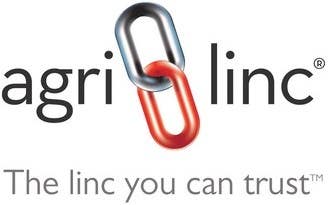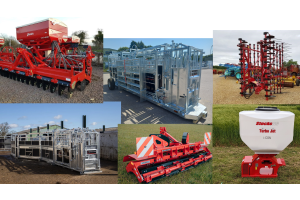How Mole Draining Works [With Video]
![How Mole Draining Works [With Video]](https://www.agri-linc.com/media/magefan_blog/2017/03/How-Mole-Draining-Works.jpg)
Mole drainage is widely used in England, New Zealand and Europe on heavy soils to improve productivity of pastures and crops.
To further assist the drainage of your land, a mole drainage system can be installed to guide excess water into your open drains or into subsurface drains using the fall of the land. Mole drainage, on the right soil type and done
properly will help reduce waterlogging problems and is one of the most cost effective ways of draining. An ideal zero till/direct drill companion tool as there is minimum top disturbance, especially when using the unique Proforge Disc design. Also can be used through standing crops to assist in acute waterlogged areas.

(Figure 1). Appropriate conditions for forming mole drains.
How does it work?

(Figure 2).
Mole drains are unlined channels formed in the clay subsoil with a ripper leg with a cylindrical foot, with an expander which helps compact the channel wall. The floating beam mole plough is the preferred plough design as it evens out irregularities in the slope of the drain caused by local surface variations. Suitability for mole drainage is dependent on having the right soil type.
Clay soils are ideally suited, while sandier soils will not hold the mole drains for any period of time. The mole drains are formed by pulling a mole leg with an attached bullet and expander through the soil. The mole leg breaks the soil while the expander forms a channel (Figure 1). The cracks in the soil form little waterways to the channel in the ground.
Mole drains are installed between 2.0 and 3.0mtr apart. The drains can be installed either in combination with sub-surface drainage, or with open drains. In undulating country the sub-surface drains are often in the leads of the lower areas of the land. The mole drains are put in across the sub-surface drains cutting through the gravel. Water will drain down the mole drains and into the sub-surface drains. The mole drains start in the open drain and follow the slope of the land.
Video of Mole Drainer in Action
Video courtesy and copyright of Proforge, Illustrations are courtesy and copyright of the Agriculture & Horticulture Development Board. The AHDB Field Drainage Guide is available to download from cereals.ahdb.org.uk/publications
The PROFORGE Mole Plough Range
PROFORGE MonoMole Single Leg - Trailed, click here.
PROFORGE MonoMole Single Leg - Mounted, click here. click here.
PROFORGE MultiMole Twin Leg - Trailed, click here. click here.
PROFORGE MultiMole Twin Leg - Mounted, click here. click here.






